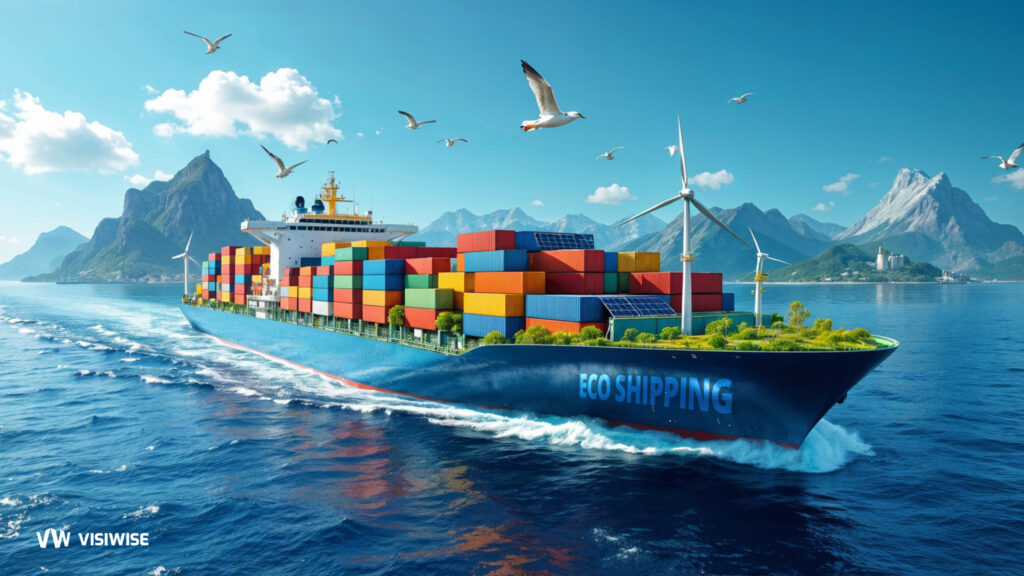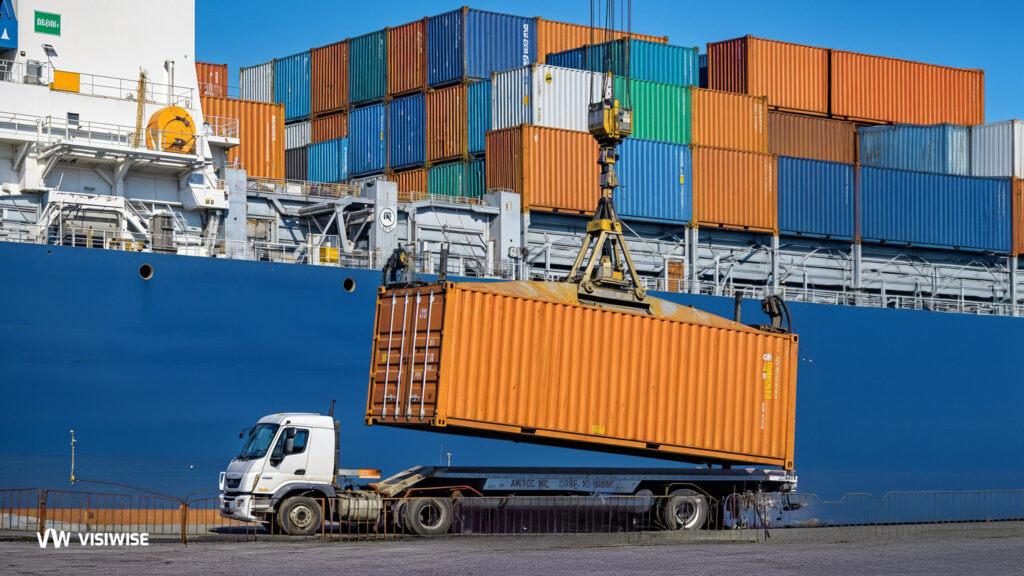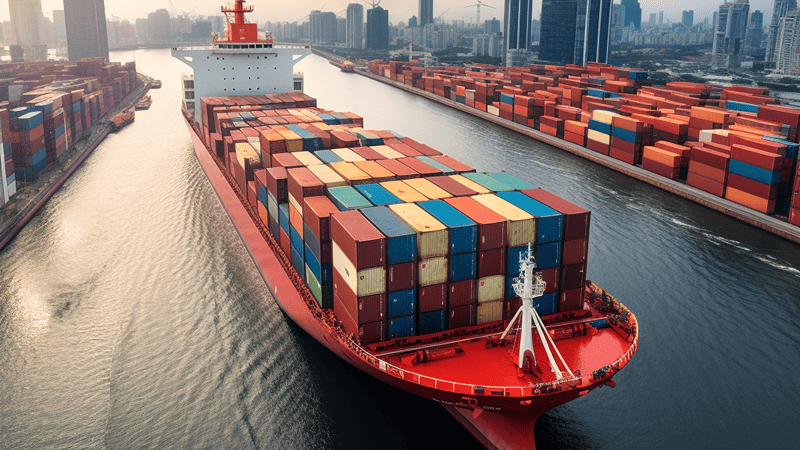Discover how many containers are lost at sea each year and why it happens—from rogue waves and storms to human error. Explore real incidents like the ONE Apus and uncover the hidden risks of global shipping.
Sustainable Shipping: The Maritime Industry’s Crucial Shift Toward a Greener Future
Here in this blog post we are going to talk about the importance of sustainable shipping and how it impacts the environment.
How Long Does It Take to Unload a Container Ship?
In this article, we will explore the process of unloading and how the ports of the world cope with this critical work.
Optimizing Shipment Visibility Solutions: Best Practices for Success
The ability to track shipments in real-time, monitor container status, and have visibility into port and terminal activities provides organizations with the necessary insights to make informed decisions and optimize their operations. This is where shipment visibility solutions come into play, offering a comprehensive platform to enhance supply chain visibility and drive efficiency.
The Power of Real-Time Shipment Visibility in Supply Chain Management
The world of shipping and logistics has gone through some remarkable changes in recent years, thanks to globalization and digitalization. In this exciting new era, having real-time visibility of ocean freight has become absolutely essential for effective supply chain management.
Shipup is now Visiwise
With Visiwise (formerly Shipup) , we help businesses to spend less time, feel less stress, have better visibility and control, optimize costs, and become well coordinated and work easier. It provides real-time visibility and enables a streamlined supply chain by connecting and coordinating everyone, simplifying their collaboration, and making their job easier.
Top Ways to Improve Supply Chain Visibility with Real-Time Shipment Tracking
This blog post will explore the top ways to improve supply chain visibility with real-time shipment tracking. Implementing the right tools and strategies can optimize your operations, reduce risk, and enhance customer satisfaction
Real-Time Shipment Tracking: Why It Matters and How It Compares to Traditional Methods
In this blog post, we will take a detailed look at these two tracking methods, explore their benefits and drawbacks, and help you decide which option is better suited to your business.
Top Challenges Solved by Shipment Visibility Software
In this blog post, we will explore how shipment visibility software is revolutionizing supply chain management by identifying the top challenges that such technology addresses and the potential future developments of shipment visibility software
Essential Features to Consider When Choosing a Shipment Visibility Software
supply chain visibility software can help you stay on top of the operations, reduce risks, and provide quick solutions to potential setbacks. Here are the top features to look for in supply chain visibility software that can help businesses transform their operations.
How Technology is Advancing Real-Time Shipment Tracking
In this blog, we will delve deeper into the definition of real-time shipment tracking and the importance it plays in a fast-paced and ever-evolving shipping industry. We will showcase how real-time shipment tracking is transforming the logistics landscape and explore what the future holds for this exciting technology. Are you ready to join us on this journey? Let’s dive in!
How to Improve Customer Satisfaction with Shipment Visibility Software
One of the most significant benefits of Visiwise Visibility Platform is the ability to improve customer satisfaction. By providing customers access to real-time shipment information, businesses can adjust to changing circumstances and prevent customer dissatisfaction.








